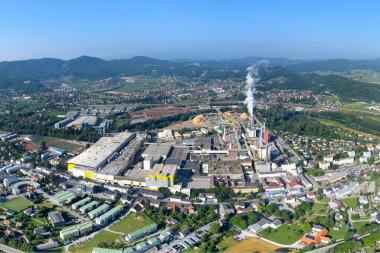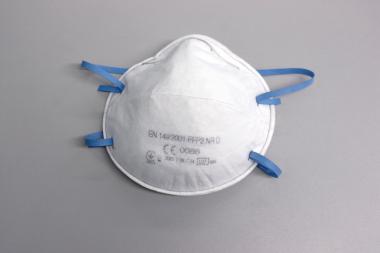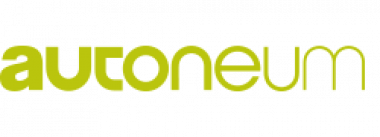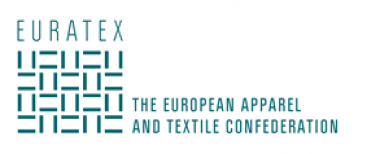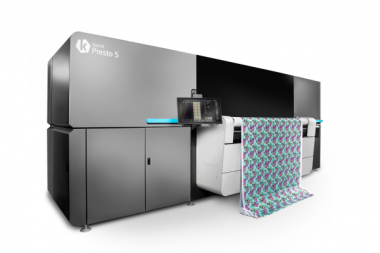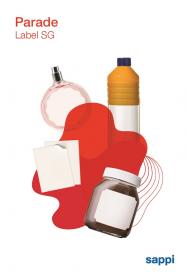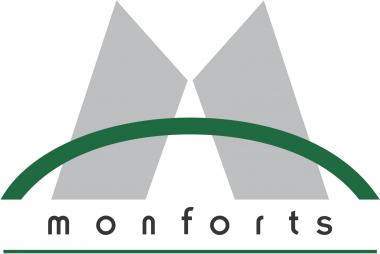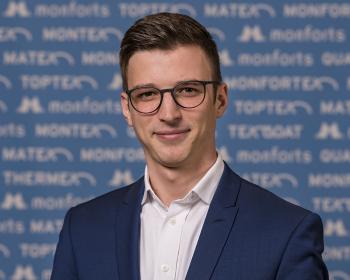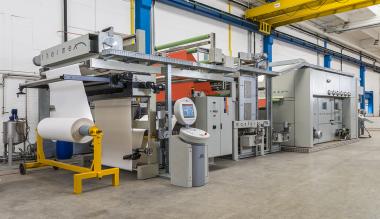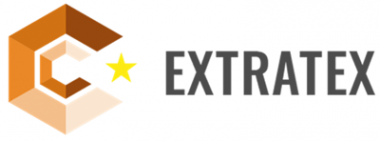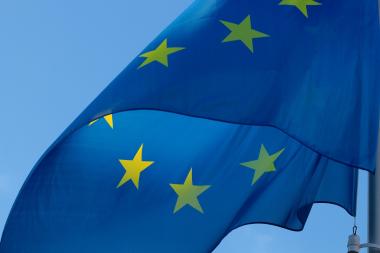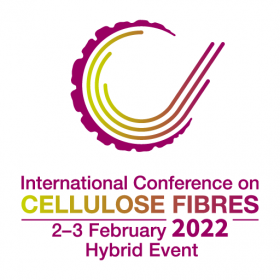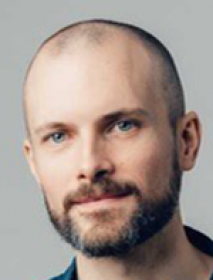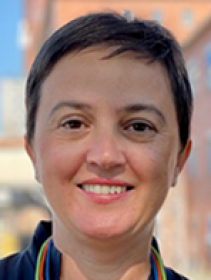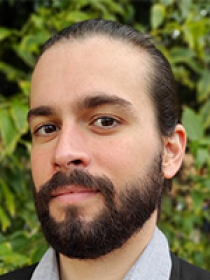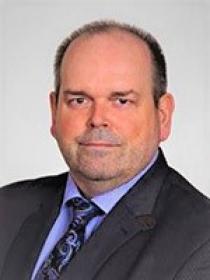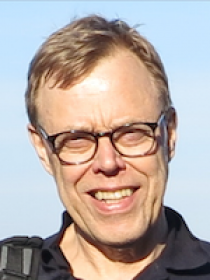Blue of a kind and Officina+39 introduce their sustainable collaboration
Two Italian companies committed to the transition to an ecological industry and presented the results of their collaboration at the Blue of a Kind shop in Milan. A union of intent that has led to a partnership initially born remotely, in the middle of the difficulties of recent years, finally set off through the live painting performance by Erik Varusio. The artist from Vicenza, well-known in the world of fashion and illustration, has customized a selection of Blue of a kind’s t-shirts using the sustainable Officina+39's Recycrom™ dyestuff.
Revolution of existing
Blue of a kind is meant to be not just a fashion company, rather a community built around an idea: to combine uncompromised style, contemporary fit and products with a valuable heritage, and a sustainable production process. The products are made exclusively from vintage products handcrafted with the use of scrap fabrics and surplus, thanks to a network of suppliers all over Europe, which makes it possible to find the best vintage garments and stock, ultimately becoming the raw material to lead a luxury revolution, chic yet sustainable.
Fashion and sustainable chemicals
The mission of Blue of a kind perfectly matches with the technologies of Officina+39, a Biella-based company for which the word “waste” becomes synonymous with opportunity, a source for creating something new, encouraging circularity and reducing environmental impact. From this vision comes to be Recycrom™, a revolutionary and sustainable dyestuffs range, patented, which employs recycled used clothing, fibrous material, and textile scraps: its full range of pigment powders is obtained through a cutting-edge upcycling process that involves textile fibers from used clothing and manufacturing waste for dyeing and printing on cotton, wool, nylon or any cellulosic and natural fiber or blend.
Shared goals
Both companies firmly believe that the present and future of the fashion industry lies in circularity and upcycling without compromise. The sector has been hit hard in recent years by the pandemic and the difficulty in finding raw materials, but opportunities have been generated to think about new partnerships and initiatives, to focus on available resources and real needs, and to invest in sustainable technologies for change.
Being part of this change is the goal shared by Blue of a kind and Officina+39, starting with concrete contributions and more transparent, sustainable, durable and quality products.
Officina+39 / Menabò Group








